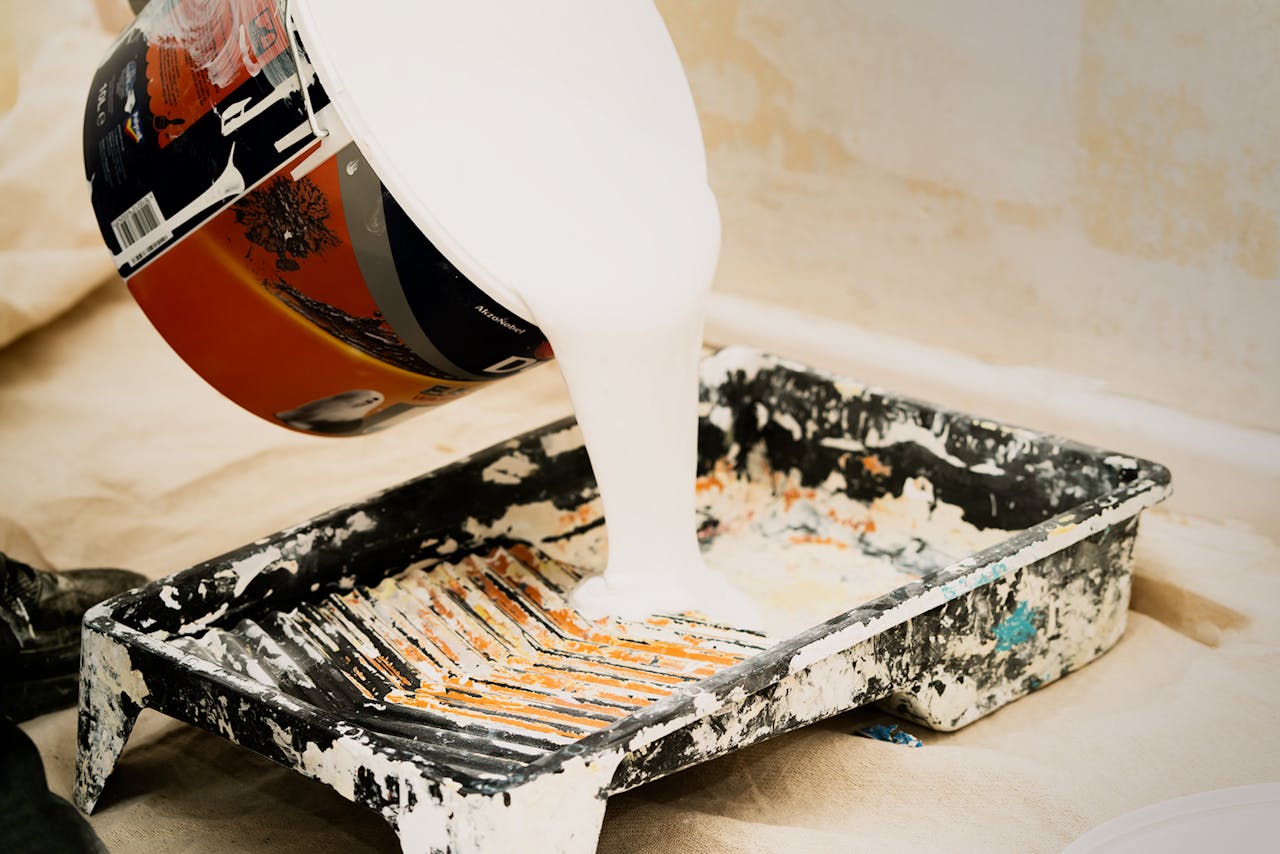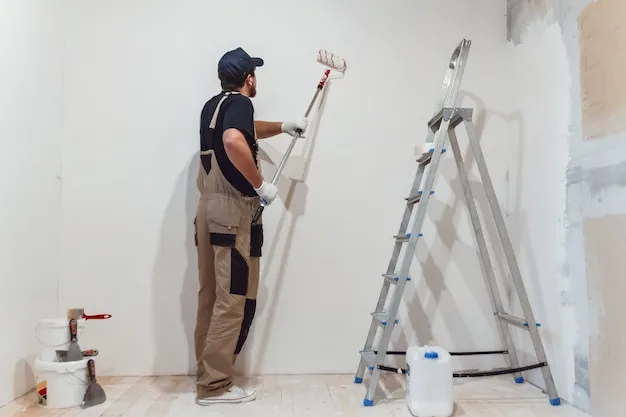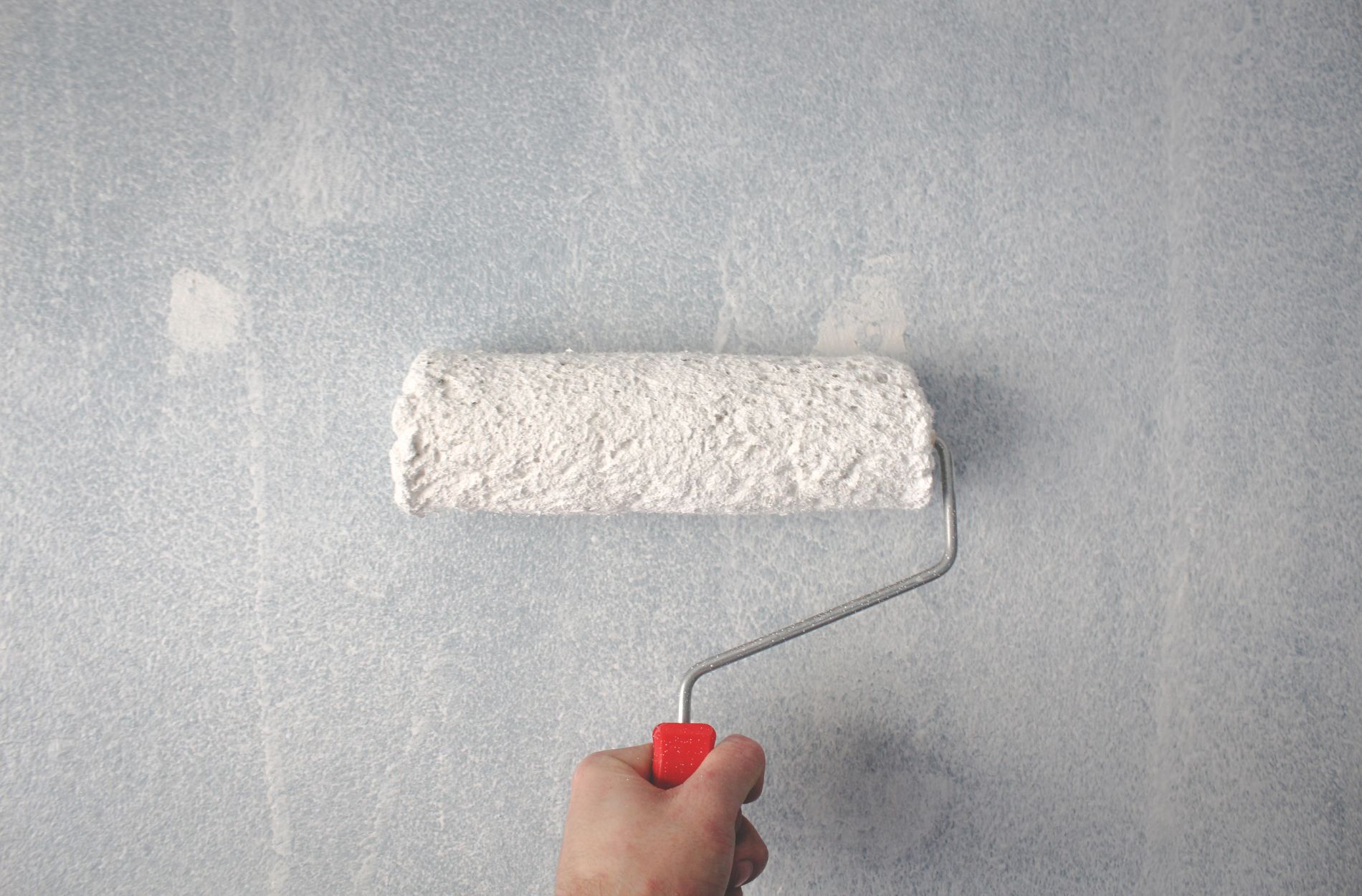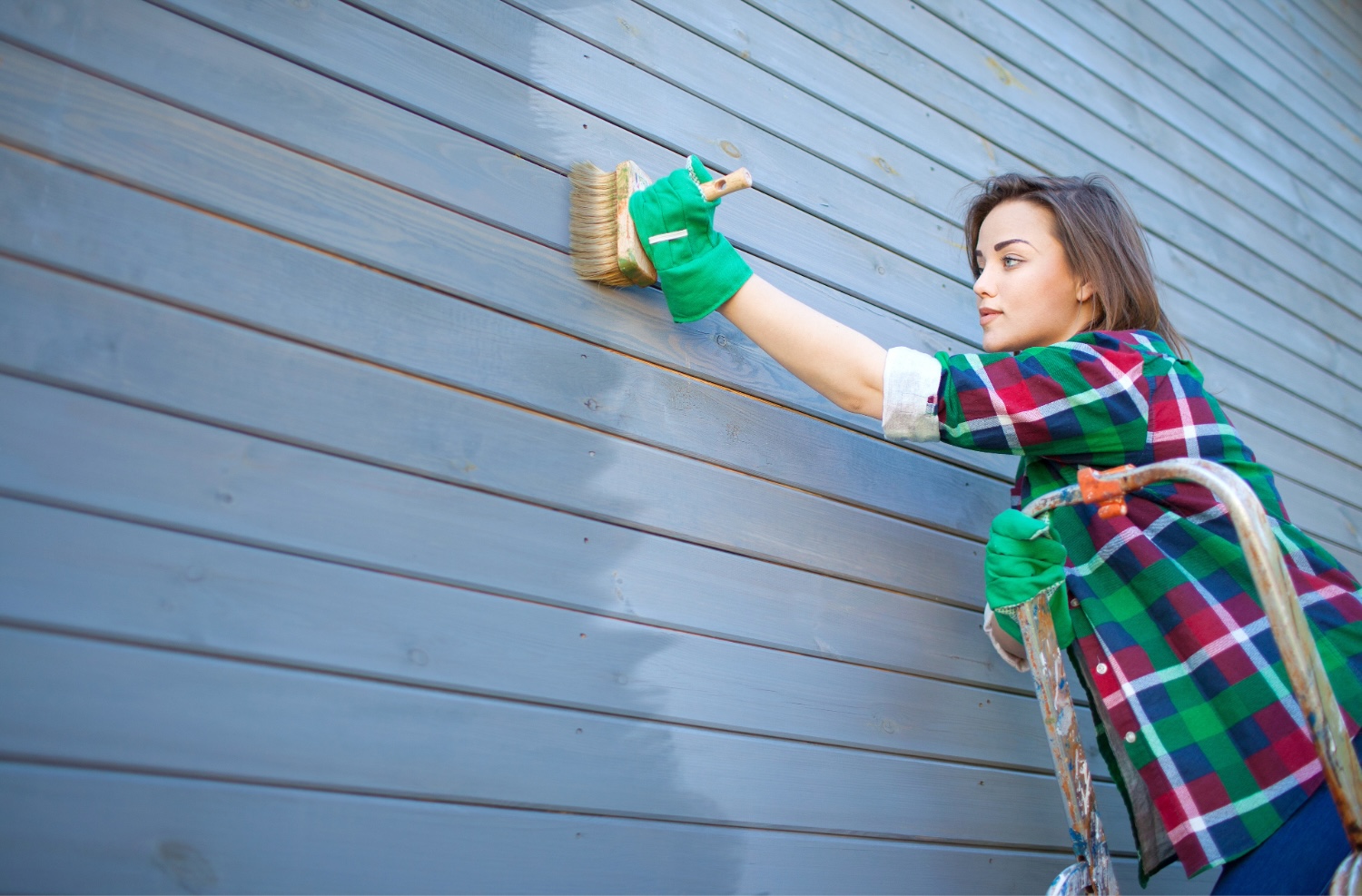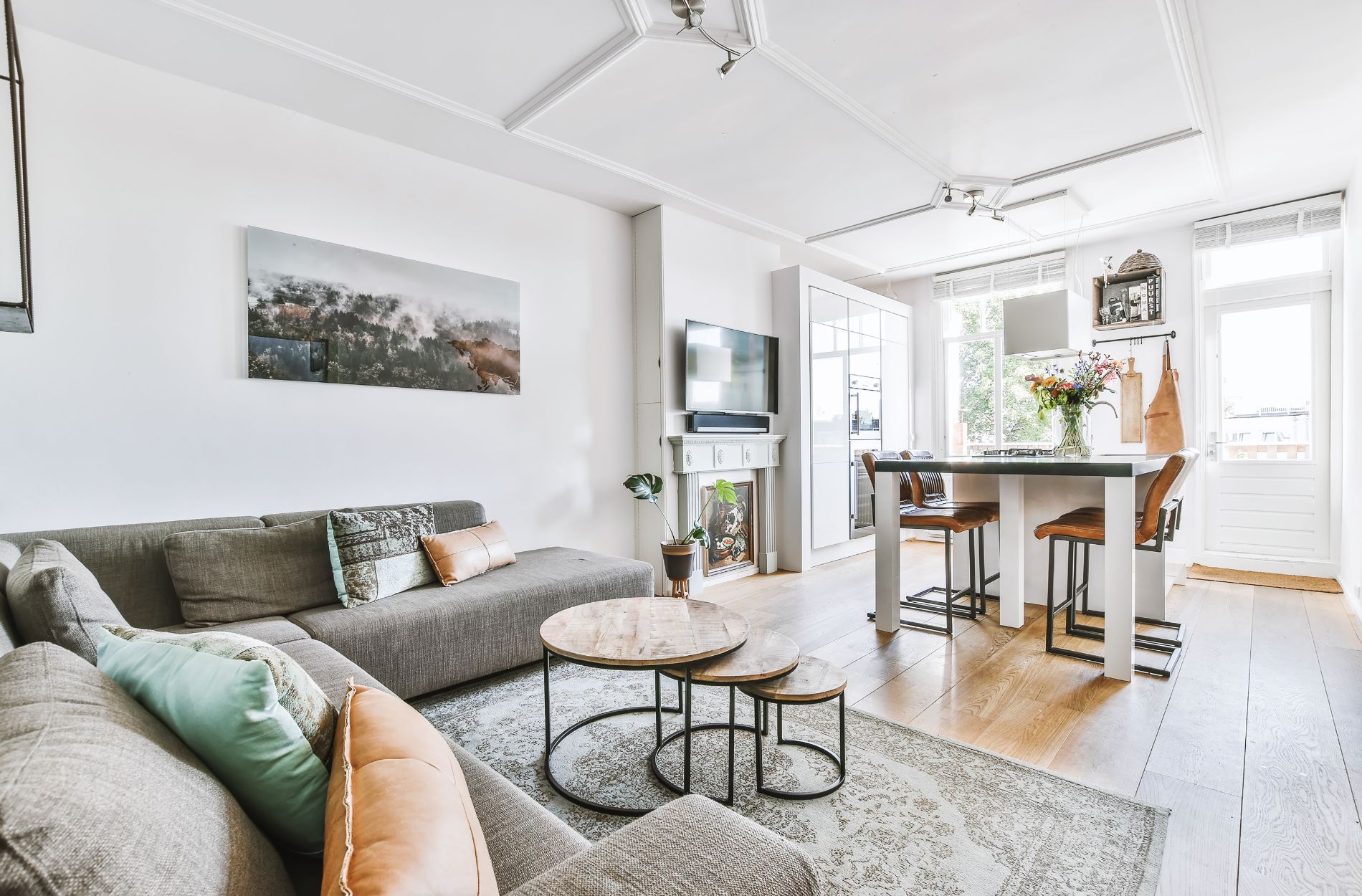Painting the interior walls of your home is a crucial part of home maintenance that impacts both aesthetics and comfort. While many people focus on colors and paint finishes, knowing when to repaint is equally important. The frequency of repainting often depends on several factors, including room usage, sunlight exposure, and the quality of the previous paint job.
Understanding how often to repaint different rooms in your home can help keep your living spaces fresh and appealing. Additionally, recognizing the signs that it’s time to repaint can prevent your walls from looking worn and outdated.
In this article, we’ll explore the factors that influence repainting schedules, provide recommended timelines for various rooms, and offer practical tips to help you extend the life of your interior paint. This guidance will ensure that your walls remain in pristine condition, enhancing the overall look and feel of your home.
How Often Should You Repaint Your St. Louis Home Interior?
Several elements influence how often you should repaint your interior walls. The first factor is the function and use of the room. High-traffic areas such as hallways, living rooms, and kitchens tend to require more frequent repainting due to the constant wear and tear from daily activities. These areas often experience more scrapes, marks, and stains compared to less-used rooms.
Another crucial factor is exposure to sunlight. Rooms that receive a lot of direct sunlight can have paint that fades more quickly. The intense UV rays break down the paint molecules, leading to duller colors over time. Additionally, the quality and type of the previous paint job play a significant role. High-quality paints and professional applications tend to last longer, often reducing the need for frequent repaints.
Recommended Repainting Timelines for Different Rooms
Understanding the right timeline for repainting different rooms helps maintain your home’s visual appeal. For high-traffic areas like hallways and corridors, a fresh coat of paint every 2-3 years is typically recommended. These areas are prone to scuffs and marks from daily use, necessitating more frequent updates to maintain their appearance.
Living rooms and dining rooms, while still busy, can often go a bit longer between repaints, approximately every 4-5 years. These rooms get substantial use but not as rigorously as hallways or entryways. Bedrooms, especially adult bedrooms, generally require repainting every 5-7 years due to lower traffic and wear. However, children’s bedrooms might need more frequent touch-ups due to the playful activities they often host.
By adhering to these recommended timelines, you can ensure that each room in your home stays looking fresh and well-maintained, contributing to a pleasant living environment.
Signs It’s Time to Repaint Your Interior Walls
Knowing the signs that it’s time to repaint your interior walls can save you from a dull or deteriorated home environment. One of the most obvious signs is visible wear and tear. If you notice scratches, scuffs, or marks that don’t come off with cleaning, it’s likely time for a new coat of paint. Peeling or bubbling paint indicates that the paint has aged or that there may be moisture issues, both of which require immediate attention.
Another indicator is fading color. Over time, paint can lose its vibrancy, especially in rooms with abundant sunlight. This fading can make your walls look older and less appealing. Additionally, if you find mold or mildew on your walls, it’s crucial to repaint after addressing the moisture problem, as this not only affects appearance but also health. By staying alert to these signs, you can maintain a fresh and attractive home interior.
Tips to Extend the Life of Your Interior Paint
Extending the life of your interior paint can save you time and money in the long run. One of the most effective ways to do this is by using high-quality paint. Superior paints last longer, resist fading, and withstand daily wear and tear better than cheaper alternatives. Additionally, professional application ensures even coating and proper adhesion, contributing to a longer-lasting finish.
Regular maintenance is another key factor. Keep your walls clean by wiping them down periodically to remove dust and stains. In high-traffic areas, this can help prevent the buildup of grime that can dull the paint’s appearance. Also, consider using washable paints in family rooms or kitchens, where spills and marks are more common. Addressing minor chips and scratches promptly with touch-up paint can also keep your walls looking fresh without the need for a complete repaint.
Conclusion
How often should you repaint your St. Louis home interior? Repainting your interior walls is an essential part of maintaining a welcoming and vibrant home environment. By understanding the factors that affect repainting frequency and recognizing the signs that it’s time for a fresh coat, you can keep your living spaces looking their best. Following recommended timelines for different rooms and implementing tips to extend the life of your paint will help ensure that your home remains beautiful and well-maintained.
If you’re noticing signs that your interior walls are due for a touch-up or complete repaint, it might be time to consider professional help.
At Better Painting, we specialize in providing high-quality painting services tailored to meet the needs of St. Louis homeowners. Contact us today to schedule a consultation and let us help you refresh your home with a professional touch.

